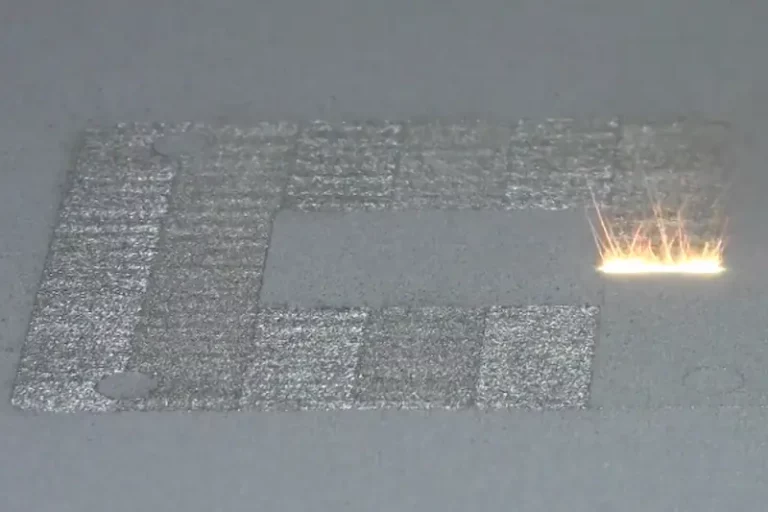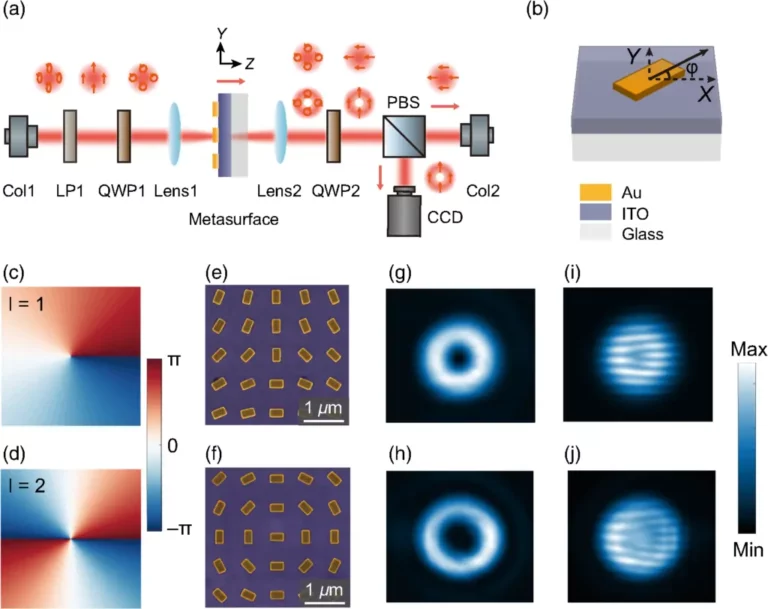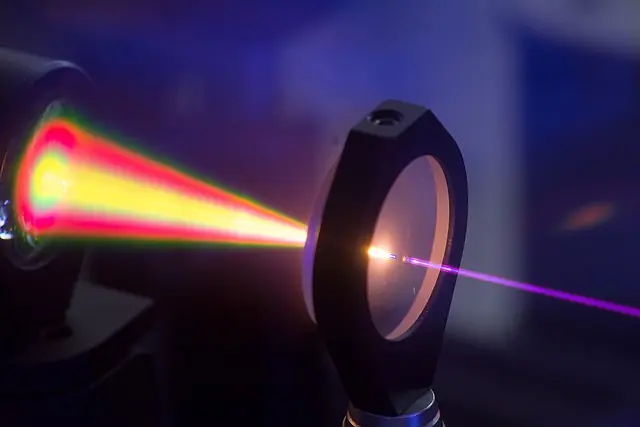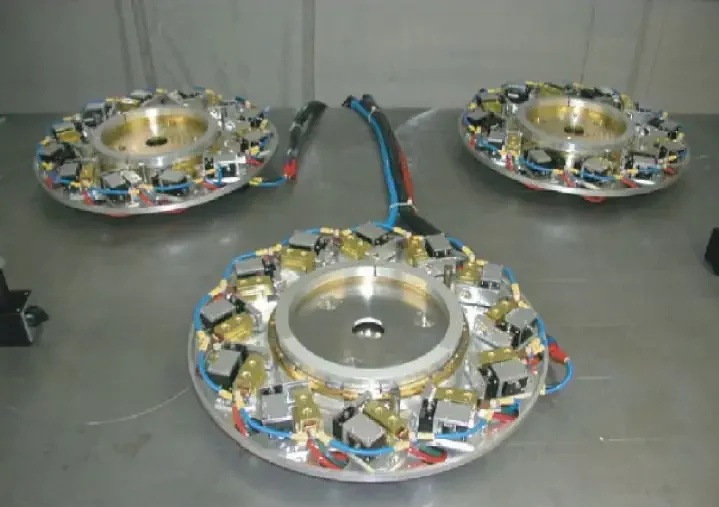Tunable Orange-Red Diamond Laser Revolutionizes Biomedicine, Astronomy and Spectroscopy
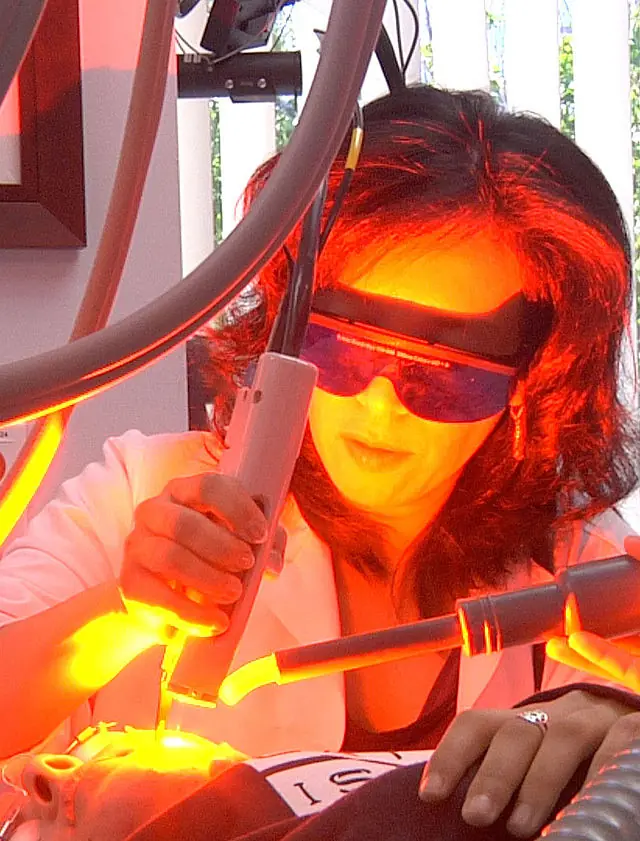
Orange-red lasers, which operate in the wavelength range of 590 to 625 nm, have numerous applications in the fields of biomedicine, astronomy, spectroscopy, and laser scanning. These lasers have been typically generated using mode-selecting elements within the laser, but the ability to achieve a wide range of tuning is limited by the capacity of the optical elements.
To address this limitation, a team of scientists have reported a continuous-wave diamond Raman laser that is tunable in the orange-red wavelength band, with output ranging from 592 to 624 nm. The laser is based on an all-fiber tunable ytterbium-doped laser and can achieve a maximum output power of 4.5 W at a pump power of 40 W, with a maximum slope efficiency of 17%.
Lasers operating in the visible light band are crucial for a variety of applications, including optical pumping, laser scanning, medical treatments, and laser projections. The main technologies used for generating visible light band lasers include Raman lasers, semiconductor disk lasers (SDLs), and rare-earth doped ion lasers. The pump wavelength required to directly generate the visible light band using doped ion lasers is highly specific, which has led to the common use of the second harmonic generation (SHG) technology.
Traditionally, visible light band lasers are limited to single wavelength operation and cannot achieve tunable laser output. This limitation can be overcome by using optical devices, such as birefringent filters (BRFs), etalons, and blazed gratings, or by combining a tunable pump laser with a SHG Raman laser. However, the regulation of the output wavelength can be challenging, as the precision of the tuned optical axis angle is critical.
Stimulated Raman scattering (SRS) has been extensively used as a means of expanding wavelengths, particularly for red-shifting. Full wavelength expansion requires anti-Stokes generation, which is a four-wave mixing phenomenon that involves the creation of an anti-Stokes photon using two pump photons and a Stokes photon. Anti-Stokes lasers have typically been reported in gas media or silicon waveguide structures, but have only been demonstrated in crystalline media as ultrashort pulse lasers.
The team of scientists has overcome these limitations by demonstrating a tunable orange-red laser using an intracavity frequency-doubled diamond Raman laser and a Yb-fiber pump laser. The all-fiber laser with a wide tuning band was used as the independent pump source, while diamond with a large Raman frequency shift and wide transparency was used as the Raman crystal. The system achieved multispectral outputs, including coherent anti-Stokes Raman scattering (CARS).
This study represents a major step forward in the development of continuous-wave orange-red lasers with tunable wavelengths. The all-fiber Yb-doped laser pump source and the use of diamond as the Raman crystal were key to the success of this research and the results showed that the laser output could be tuned from 592 nm to 624 nm, with a maximum CW power of 4.55 W and a maximum conversion efficiency of 11.38%. The discovery of anti-Stokes spectrum in the output spectrum is an exciting development and could lead to the creation of multispectral laser outputs. The work demonstrates the potential for further improvements in the development of tunable orange-red lasers for a range of applications, including biomedicine, astronomy, spectroscopy, and laser scanning.


